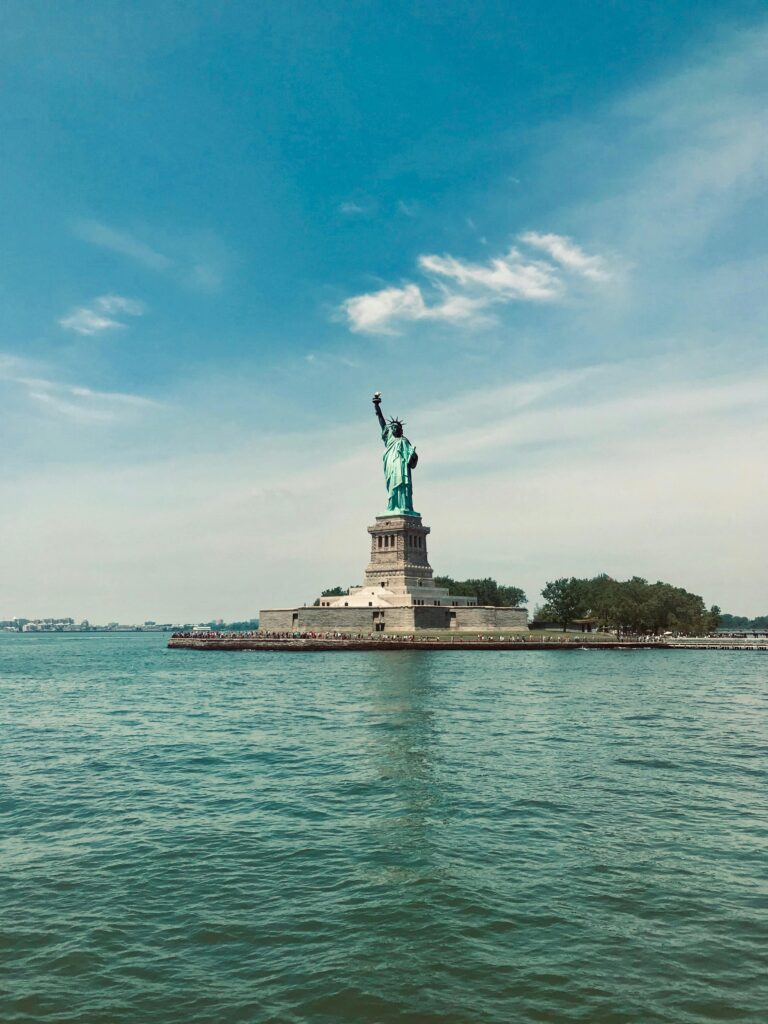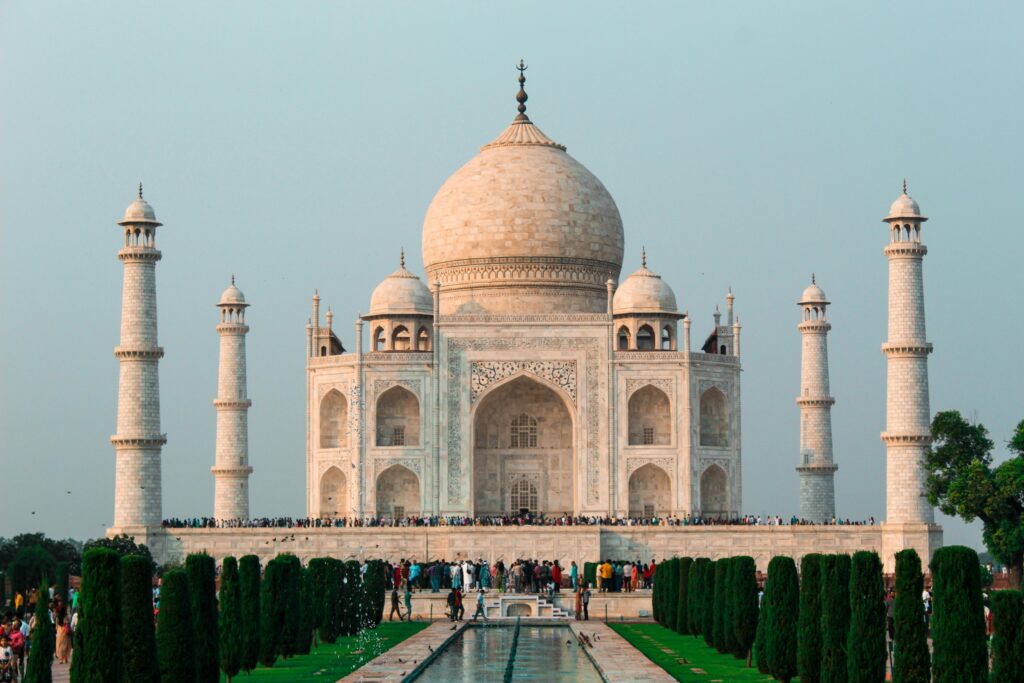One of the world’s most famous icons of freedom and democracy stands tall on Liberty Island in New York Harbor. Officially called “Liberty Enlightening the World,” this iconic sculpture was a gift to the United States from France in honor of their friendship that lasts an eternity, but at the same time it represented values that were common among liberty and independence. Designed by French sculptor Frédéric Auguste Bartholdi and completed in 1886, the statue has also become a universal symbol of hope and welcome.
Dimensions and Design
Standing at 305 feet (93 meters) total height from the base of the pedestal to the top of the torch, when completed, the Statue of Liberty was the tallest object in New York. The statue is 151 feet (46 meters) tall; it was built out of sheets of hammered copper over an iron framework engineered by Gustave Eiffel, who also happened to design the Eiffel Tower. The figure weighs about 225 tons (204 metric tons); it has that green characteristic because of the patina coming naturally on the coppered surface over time.

Symbolic Design
The statue is full of symbolism in design. Lady Liberty stands in her right hand, holding torchlight, representing enlightenment, and in the left hand, a tablet with engraved writing of the date of the American Declaration of Independence, “July 4, 1776.” Her crown shows seven spikes, representing the seven continents and seven seas and thus emphasizing the universal concept of liberty. At her feet lie broken shackles and chains, symbolizing the abolition of oppression and tyranny. All of these together make a very powerful message of hope and freedom for all.
The Voyage to America
It was an amazing journey to America because the statue was actually built in France. It consisted of 350 pieces that were packed into 214 crates and shipped across the Atlantic. It was reassembled over four months on a pedestal funded largely by American citizens through a massive fundraising campaign led by publisher Joseph Pulitzer. The pedestal, designed by American architect Richard Morris Hunt, is made of granite and stands 154 feet (47 meters) tall, complementing the grandeur of the statue.

Dedication and Historical Role
Officially, the dedication ceremony of the Statue of Liberty took place on October 28, 1886. Thousands witnessed the celebration, in which then-President Grover Cleveland attended the event. Its official unveiling and dedication occurred during those significant years in which millions of people passed through nearby Ellis Island, having crossed over during the late 19th and early 20th centuries. An icon like this was also perceived by most immigrants as an omen for something new and hopefully even better for future times.
Restoration and Conservation
The Statue of Liberty has undergone massive conservation and restoration works for many years. In the 1980s, its most extreme restoration was done for its centennial anniversary in the year 1986. Now that visitors can access the entrance to enter the torch, it has been replaced with a new covered one made of 24-karat gold; the museum inside the statue houses the original torch. This national treasure is kept in excellent condition by continuous inspection and cleaning.

Statue of Liberty Museum
The Statue of Liberty Museum was opened for the public in 2019. It provides visitors with better insight into its history and meaning. The museum contains the original torch, interactive exhibits, and historical artifacts. Here visitors learn more about the design of the statue, constructing it, and its impact on millions of people all over the world.
Legacy and International Relevance
Today, millions of visitors come every year to see the Statue of Liberty. The statue has come to represent hope, freedom, and democracy to Americans and the world. It has appeared in films, books, and other art forms, making it part of global culture. Seen from afar or viewed closely, the Statue of Liberty inspires the imagination of the observer but reminds all to take liberty as a universal pursuit that makes the world better.



